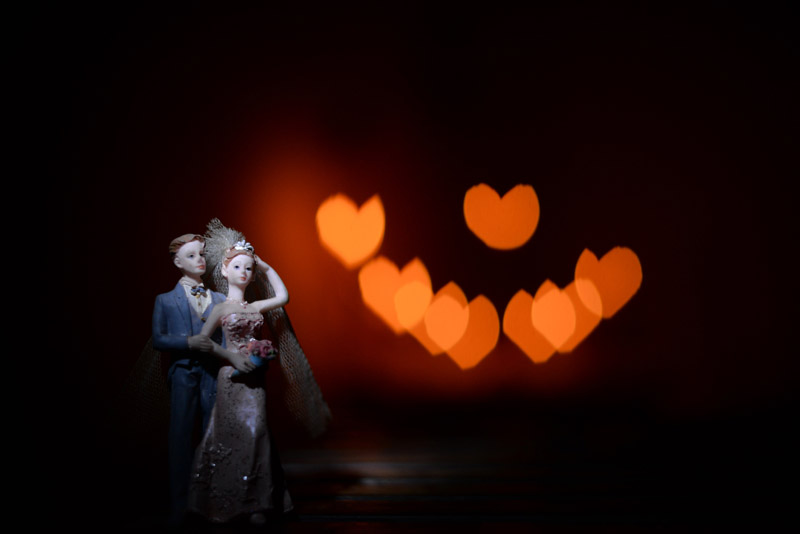By : Nikon School Blog | 22 Jan, 2018 |
If you’re a photographer, you must be crazy about bokehs. Who doesn’t want those lovely round (or nearly round) colourful orbs at the background or foreground of their images? Bokehs have been there all along, but it’s relatively recently that they’ve become an obsession for most people getting into photography. If you’re newly into photography and already getting crazy about bokehs, here’s a few tips to get you started.

What makes good bokehs
The term is derived from the Japanese term ‘boke-aji’ which simply means ‘blur’. Technically, bokeh refers to the quality of all the defocused elements of an image, not just defocused lights. However, the term is popularly used while referring to the pointed light sources at the background or foreground that are outside the depth of field, and hence appear as colourful, circular orbs. In this sense, some common sources of bokeh are electric lights, light visible through leaves of trees, candles, street lamps, etc.
Keep bokeh elements far away
If you want prominent bokehs in the background, make sure the light sources are at a considerable distance from the subject in focus. The further they are, better the effect. For foreground bokehs, ensure the bokeh elements are very close to the lens and the focused subject is at a distance from the foreground.

Open the aperture wide
Use wide apertures starting from f/4 to get roundish bokehs. To get prominent, circular bokehs, use apertures like f/2.8 or f/2 or even wider, if your lens supports. Fast prime lenses and a few fast telephotos usually offer apertures this wide.

Use the right lens
The construction of a lens determines how good the bokeh produced by it will be. Even among NIKKOR lenses with wide apertures, some are specialists at creating bokehs. A few examples are - the AF-S NIKKOR 50mm f/1.4G, AF-S NIKKOR 85mm f/1.4G, and the new AF-S NIKKOR 105mm f/1.4E ED. The aperture blades of these lenses are designed to create near perfect, circular and smooth bokehs. Macro NIKKOR lenses like the AF-S VR Micro-Nikkor 105mm f/2.8G IF-ED are also popular as they are designed for shallow depth of field photography, and usually produce beautiful and smooth bokehs.

Bokeh in different genres of photography
Though bokehs are generally associated with portraiture, many other genres of photography benefit from good quality bokehs. Good quality of bokeh benefits food photography, wildlife photography, still life photography, travel photography and even abstract photography.

Experimenting with bokehs
Interesting bokehs can be created by cutting various shapes into a paper and putting this in front of the lens while shooting out of focus highlights. The results will be custom bokeh shapes instead of the usual polygonal or round.
